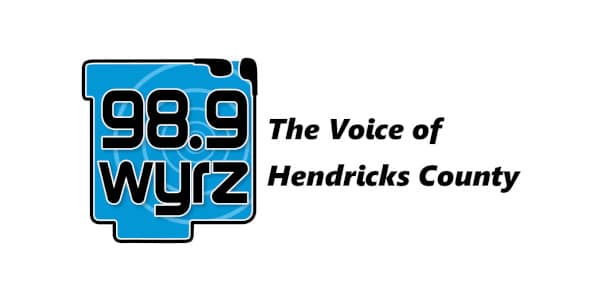To help Indiana colleges provide students clear and useful information about their loan debt, the Indiana Commission for Higher Education provided all colleges guidance and templates to assist them in meeting the requirements of new “truth in borrowing” legislation signed into law in April.
House Enrolled Act 1042, authored by State Representative Casey Cox (R-Fort Wayne), requires Indiana’s public and private colleges to provide yearly information to all students with college loans—including total estimated debt and estimated monthly payments after graduation.
The Commission estimates in its Return on Investment report that the average debt for a Hoosier graduate with a four-year degree is $27,000 and $17,000 for graduates with two-year degrees.
“As we call upon Indiana’s colleges to keep tuition increases to an absolute minimum, we must also make sure students make informed decisions when they borrow to pay for college,” Indiana Commissioner for Higher Education Teresa Lubbers said. “Providing students at every Indiana college an easy-to-understand breakdown of their debt responsibility is a small step that will help thousands of Hoosiers graduate with less debt.”
The law was inspired by the success of a similar effort at Indiana University. After just two years of sending annual letters to all student borrowers, IU officials estimated undergraduate student borrowing decreased by almost 16 percent, amounting to approximately $44 million in student savings.
The law requires public and private colleges to send the following data to students with debt on an annual basis beginning in June 2016:
- Estimated total amount of student loans (principal)
- Estimated total amount the student will have to pay (principal + interest)
- Estimated monthly repayment amount
- The percentage of the cumulative federal borrowing limit a student has reached
“Providing students and their families greater access to loan information will allow them to better plan their financial future and avoid excessive borrowing,” Rep. Cox said. “It will also reduce the potential burden for taxpayers who may otherwise bear responsibility for defaulted student loans.”
In addition to basic debt information, the Commission recommends that colleges provide information about the importance of on-time graduation in its annual communication to students. An additional year of college can cost students $50,000 in extra tuition, lost wages and related costs. Along with their estimated monthly payment based on current borrowing levels, the Commission also recommends that colleges show students their estimated monthly payment if they reach the maximum borrowing limit.
Read all of the Commission’s reports as well as its Reaching Higher, Achieving More strategic plan at www.che.in.gov.






